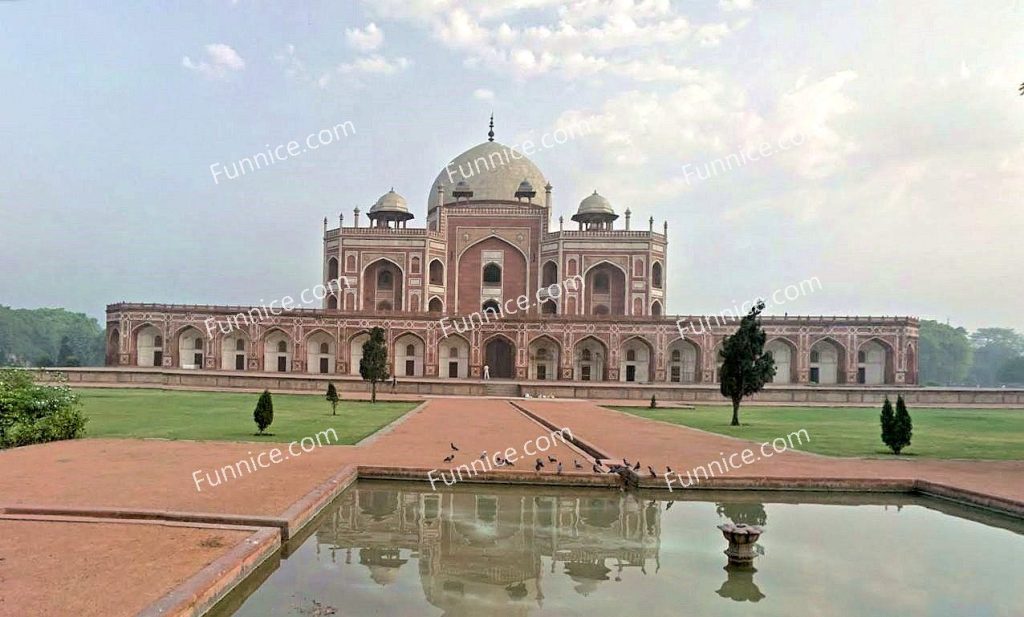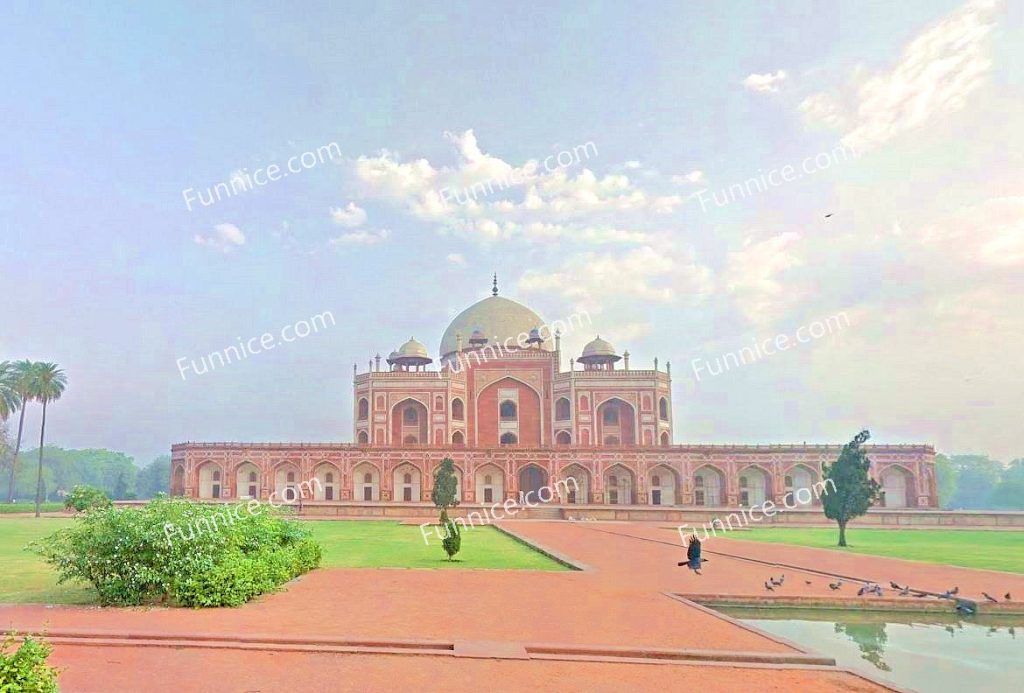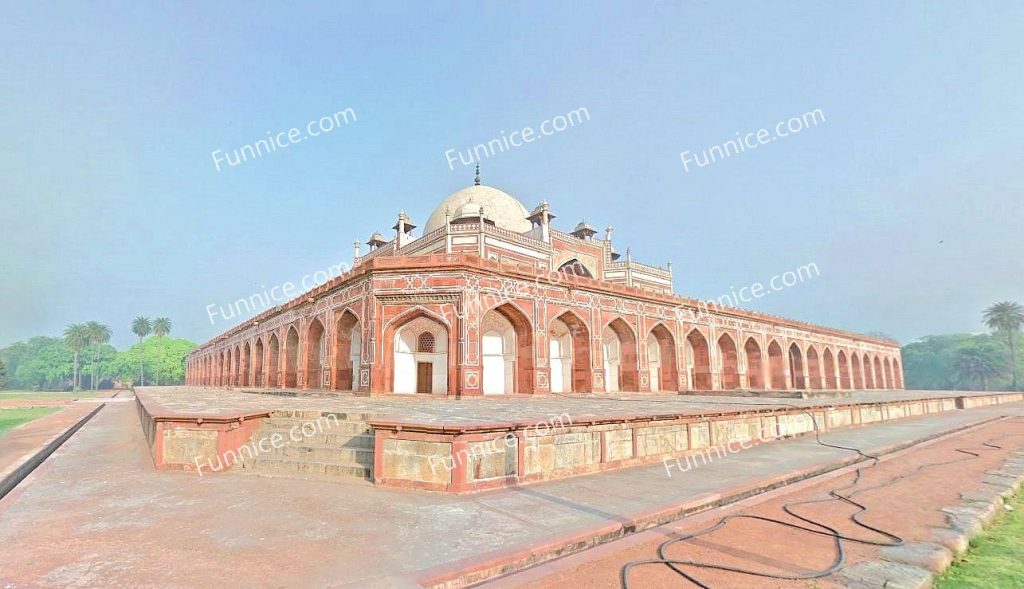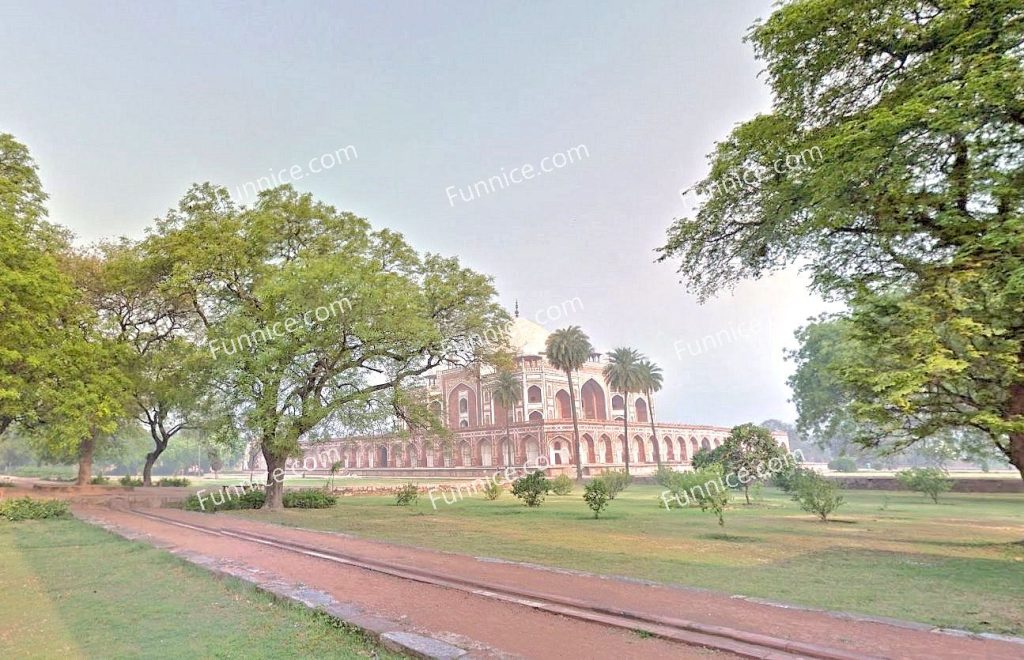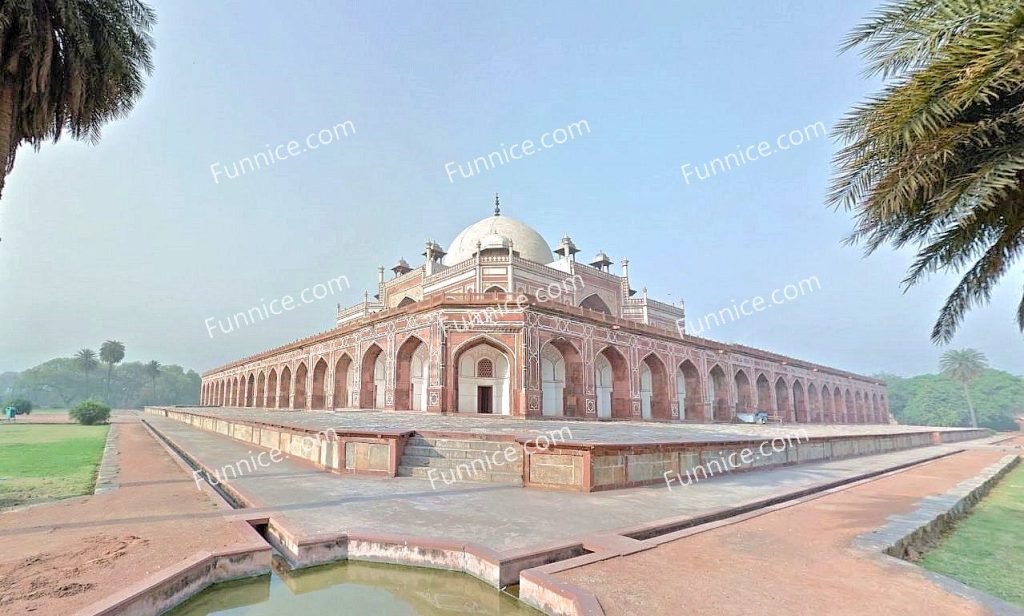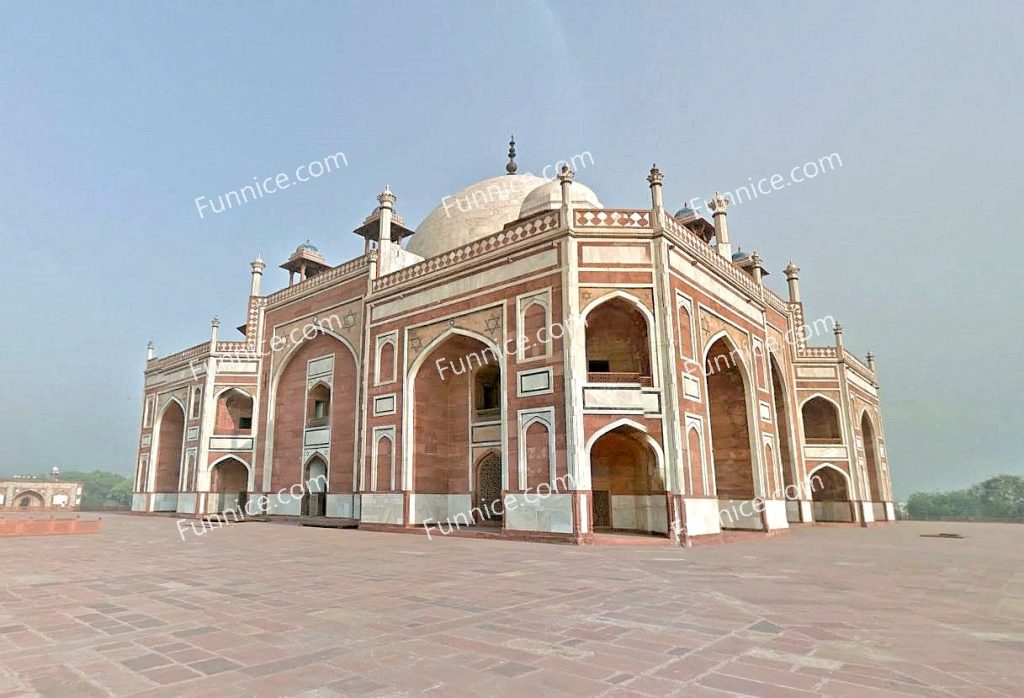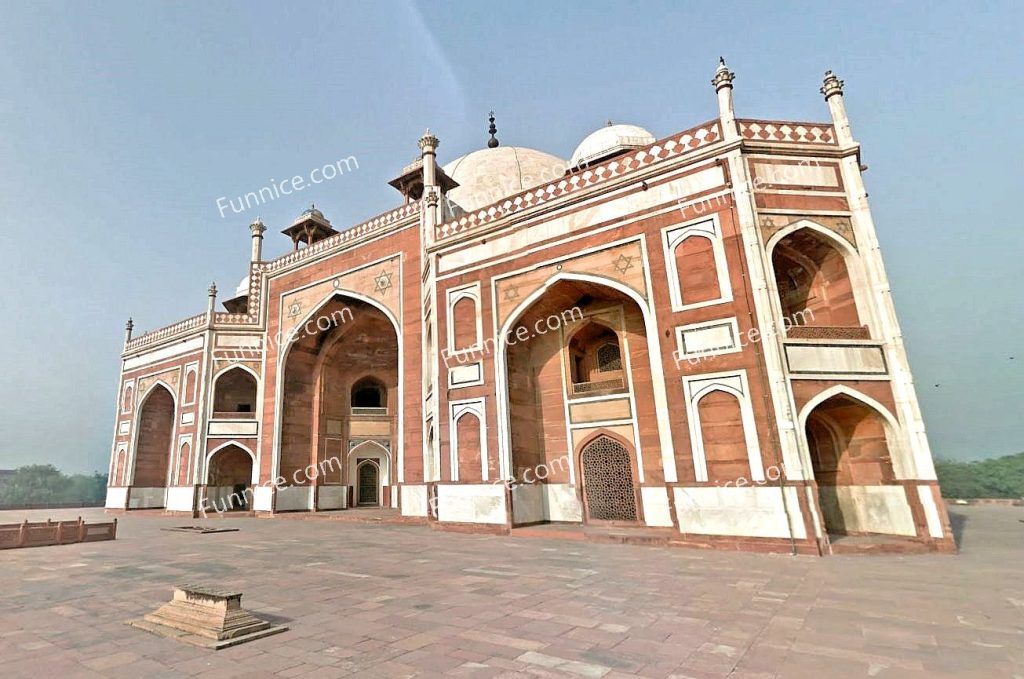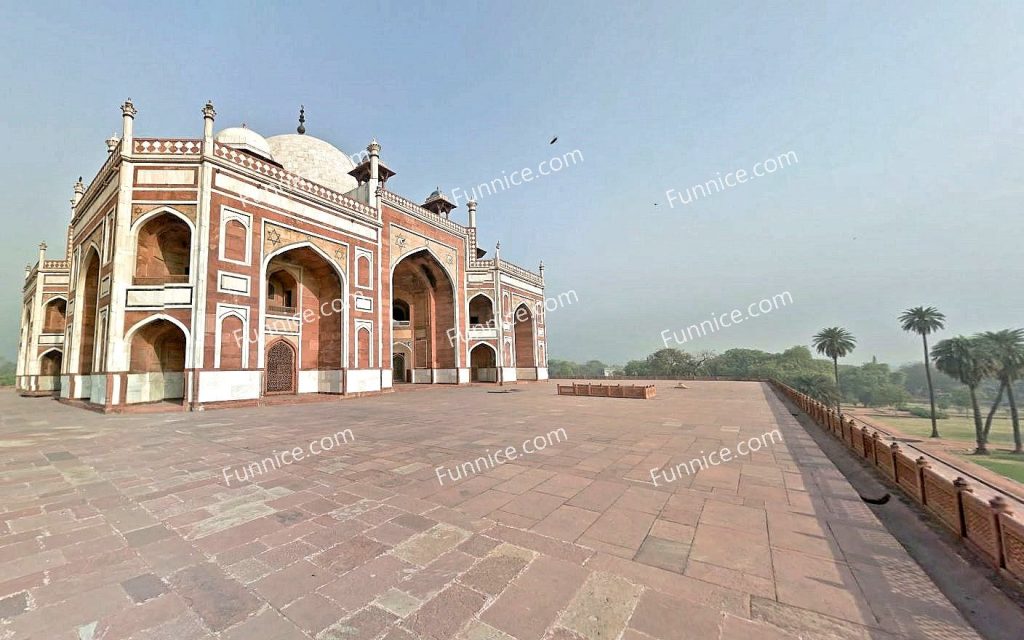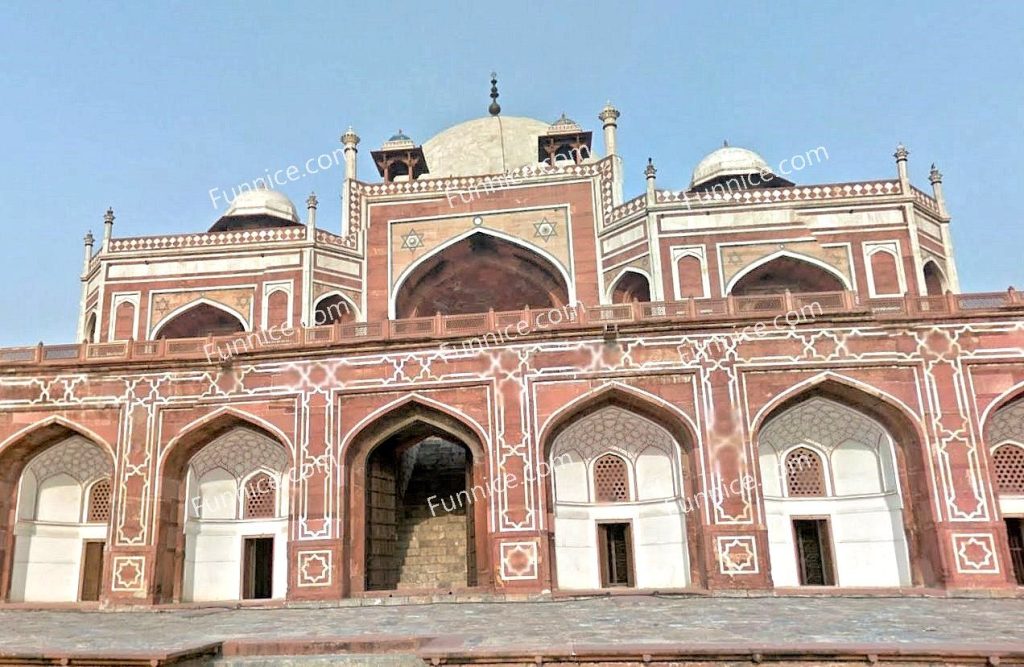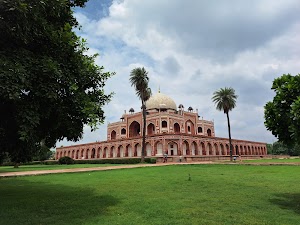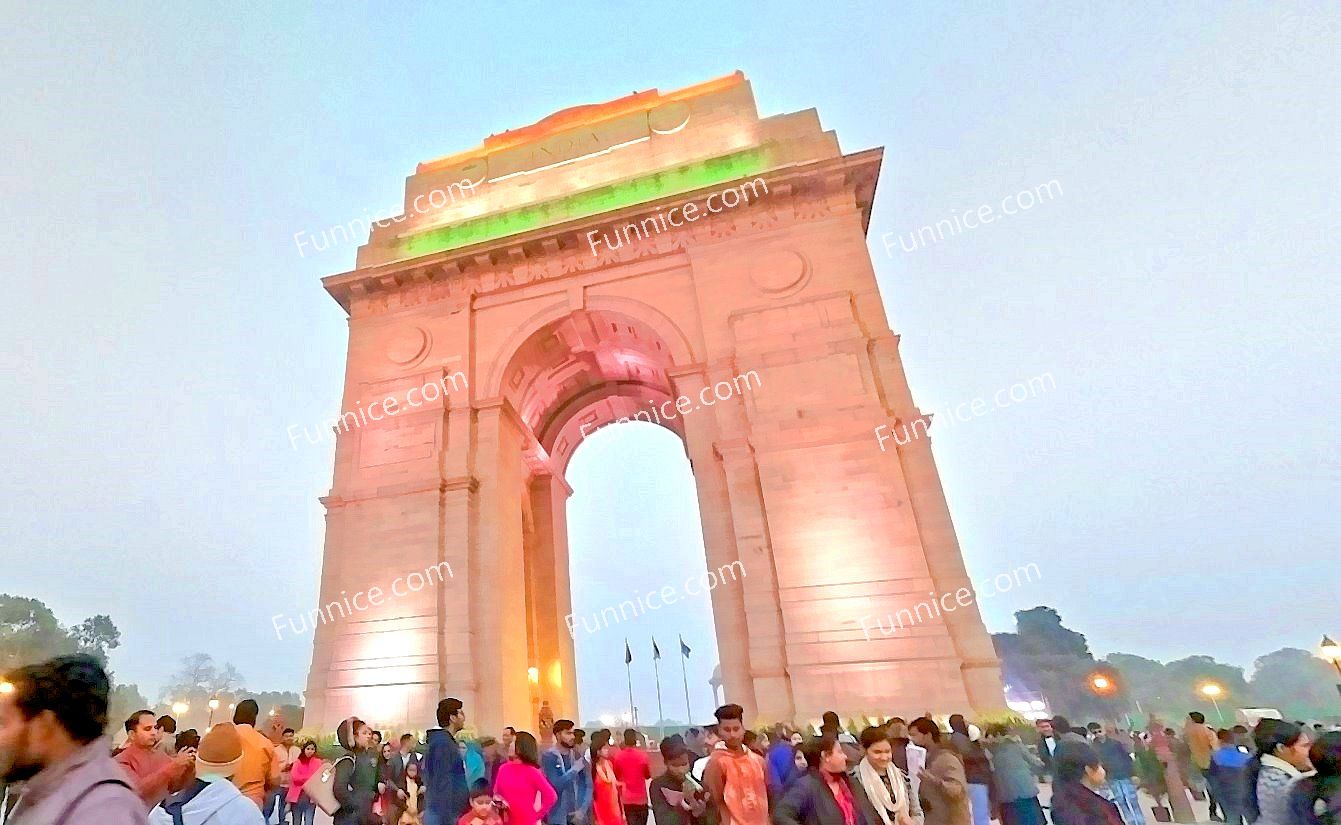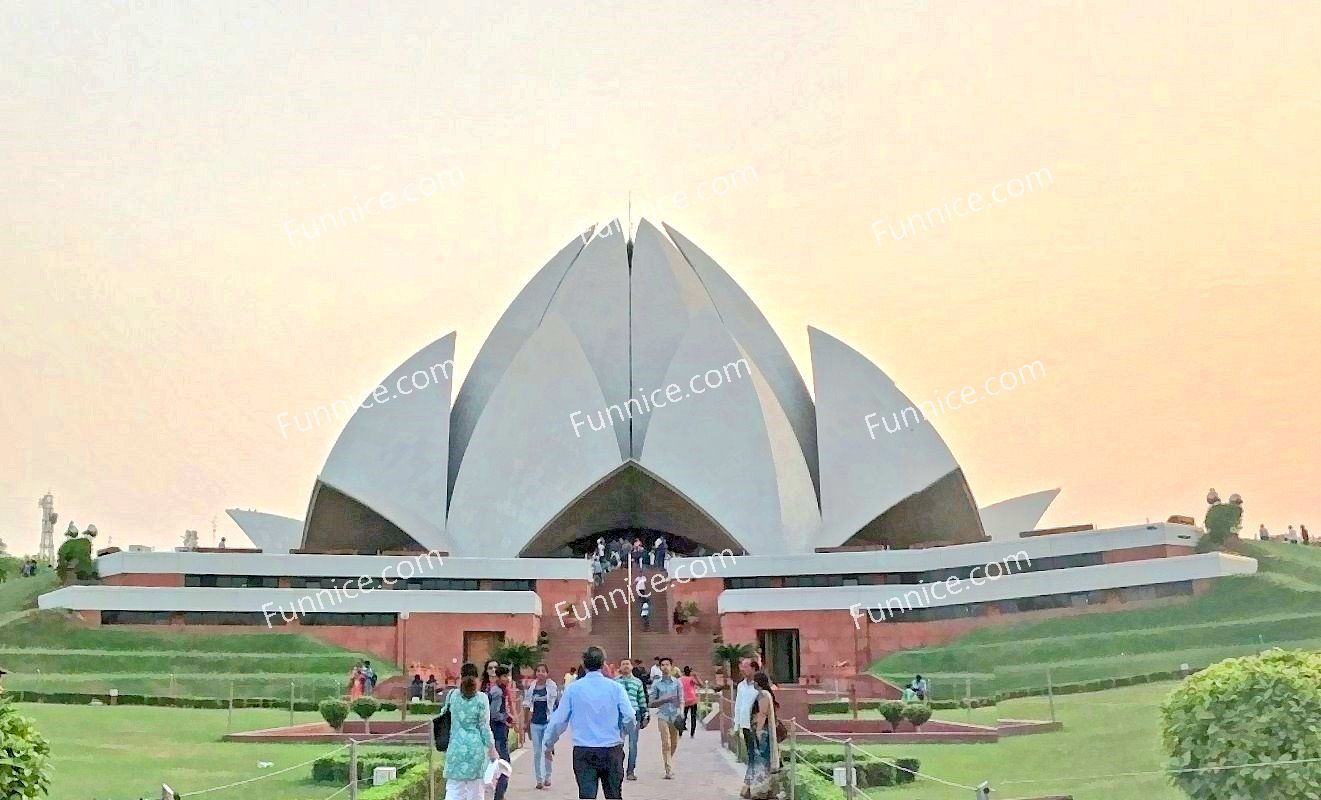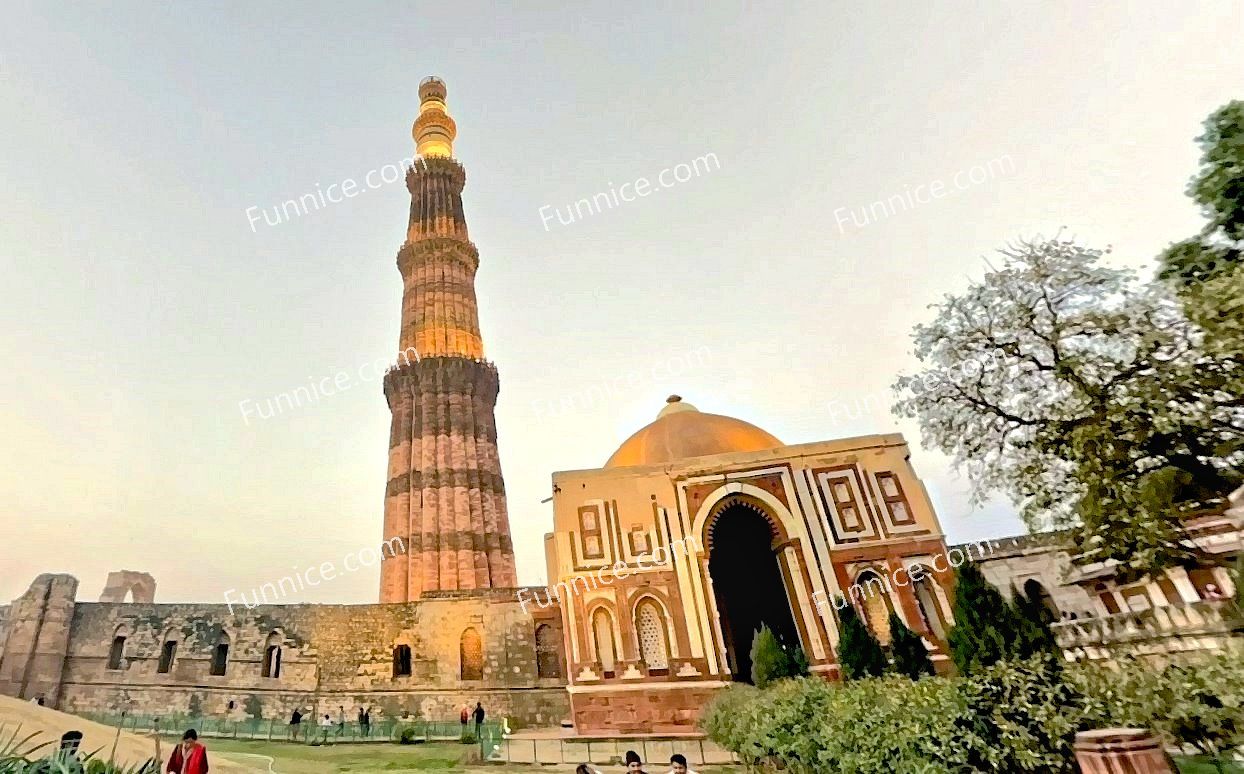Humayun’s Tomb: A Monument of Love, Legacy, and Architectural Brilliance
Humayun’s Tomb, located in the southeastern outskirts of New Delhi along the banks of the Yamuna River, stands as a timeless architectural marvel that reflects a tale of love, empire, and faith. Completed in 1570, it serves as the final resting place of Humayun, the second emperor of the Mughal Empire and son of its founder, Babur.
Humayun ascended the throne at the young age of 23, at a time when the empire was still in its infancy. His reign was fraught with internal strife and external threats, as rival factions vied for power and neighboring forces mounted frequent attacks. Eventually, he lost the throne and was forced into exile. During his years of wandering, he met Haji Begum—Hamida Banu Begum—and the two fell in love. They later married and had a son, Akbar, who would go on to become one of the greatest emperors in Indian history, known as Akbar the Great.
After Humayun reclaimed his empire, he tragically died not long afterward due to an accident. In memory of her beloved husband, Haji Begum commissioned the construction of Humayun’s Tomb—a gesture of deep devotion and remembrance. This magnificent structure not only immortalized Humayun but also marked a significant evolution in Mughal architecture.
Humayun’s Tomb was the first “charbagh” or Persian-style garden tomb in India, designed to represent the Islamic vision of paradise. The tomb is set at the center of a quadrilateral garden divided by walkways and water channels—symbolizing rivers of paradise. This garden-tomb design later became a hallmark of Mughal architecture and served as the inspiration for the world-renowned Taj Mahal.
Architecturally, the tomb is a striking fusion of Islamic and Indian styles. It faces south, with the main structure rising approximately 24 meters from its base. The building is predominantly constructed from red sandstone, accentuated by black and white marble flooring and inlays, creating a bold and regal visual effect. The dome, carved from white marble, is shaped like a hemisphere and topped with a traditional Islamic finial. The four surrounding arches feature graceful curves, while the windows and doorways are adorned with intricate geometric patterns and latticework—testaments to the exquisite craftsmanship of the era. The gardens are planted with cypress and palm trees, symbolizing eternity and peace.
More than just an imperial mausoleum, Humayun’s Tomb is a monument to love, an artistic milestone, and a symbol of enduring legacy. Recognizing its outstanding cultural and architectural significance, UNESCO designated it a World Heritage Site in 1993. Today, the tomb continues to stand tall through the currents of history, telling a story where empire, art, and affection converge in timeless harmony.
